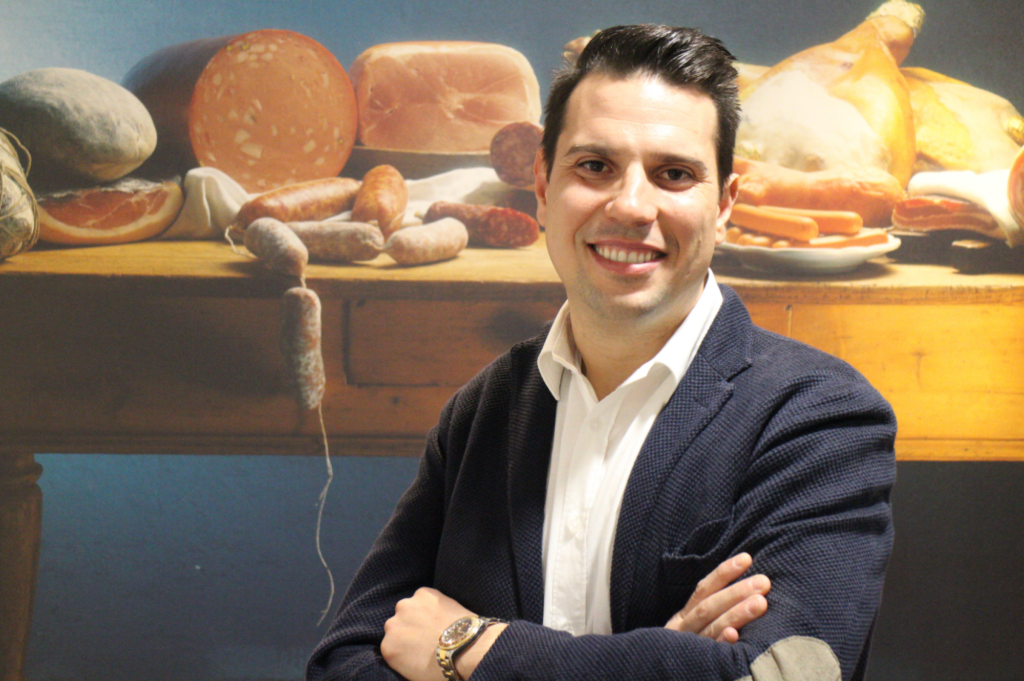By: Andrea Adelmo Della Penna (WIISE) and Celestina Coccia (Federalimentare)
The first experiments have begun in Italy related to the use of WASTELESS Blockchain, designed and implemented by a project partner WIISE.
The tool, which aims to facilitate the measurement and monitoring of food waste in sector companies and to report data based on current regulations and the most important standards such as the FLW Standard, has been tested by Salumificio Mottolini Srl, a producer of bresaola, a typical cured meat from northern Italy known for its very low-fat content. Dr. Luisa Pezzini, head of the company’s quality department, did her best to complete the questionnaire based on the data available to the company, with support from owner Dario Dongo and technical staff, including Antonello Petrosino, the IT manager.

The information entered is now stored within the WASTELESS Blockchain platform and covers incoming raw materials, outgoing processed product streams, and any by-products and food waste (collectively defined as company side streams). As requested by the survey, Dr. Pezzini provided (1) the reasons for generating side streams and their intended uses, and (2) a breakdown of their destinations, including the amount of core enterprise products, based on the Waste Hierarchy, specifically:
Core product (bresaola, in this case);
Reuse and upcycling (indicating any increase in value through reuse of food products);
Recycling;
Recovery;
Disposal
The participation was greatly appreciated and interesting, as reported in an interview following the completion of the survey, in which Dr. Pezzini thanked the members of WIISE, Dr. Giorgia Sabbatini (Federalimentare) and Dr. Celestina Coccia (Federalimentare), who did their best to act as an intermediary with Salumificio Mottolini Srl.
The support from the WIISE team was viewed very positively and, in some cases, was essential for completing certain fields. Dr. Pezzini suggested diversifying the stages of the supply chain and the reference food sectors to make it easier for compilers to describe the data. This input will be used by developers to improve the tool, as planned in the project.
However, the company is a model of efficiency in that by-products are mainly reused and waste is minimal. The generation of waste cannot be completely eliminated due to the inability to reuse some materials in the food sector or other sectors, such as bones or other non-edible parts.
In conclusion, Dr. Pezzini found the project very interesting and suggested that specific training on food waste management could provide an opportunity for growth and inspire the development of new sustainable processes. For more information on blockchain technology, consult the article published on the Community of Practice (CoP). For those interested in participating in food waste measurement and monitoring activities within their enterprise, more information can be found in the article published by WIISE’s partner on the Great Italian Food Trade (GIFT) platform.
If you want to learn more about the company, click on THIS LINK.


Pingback: Case study insights: Gaby’s, Hungary – Wasteless